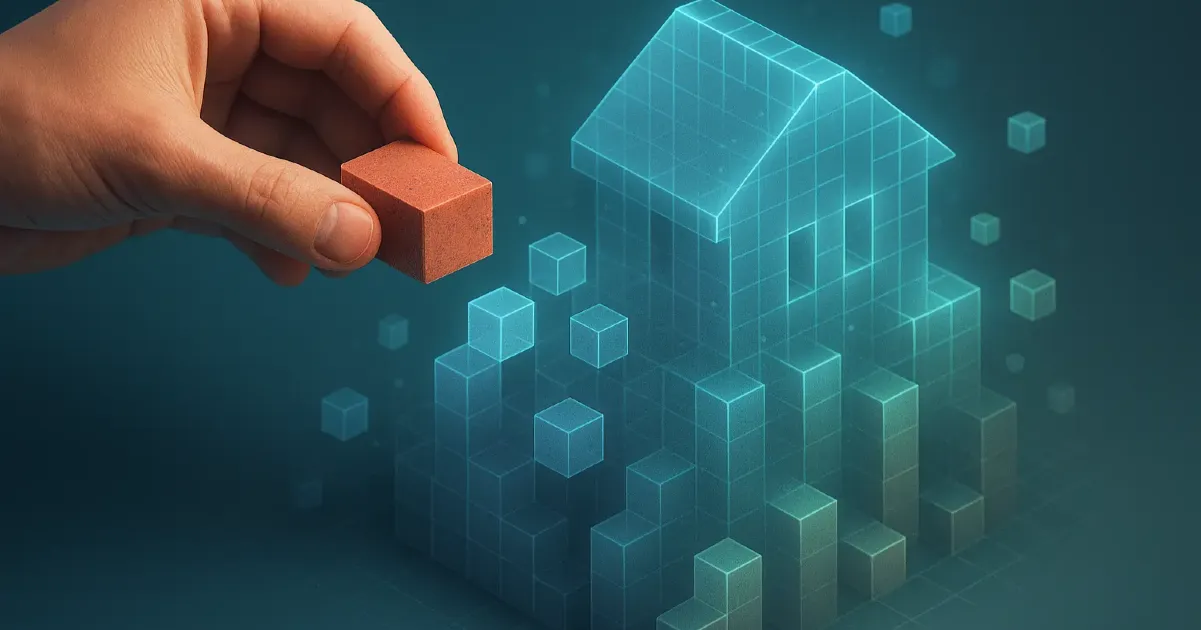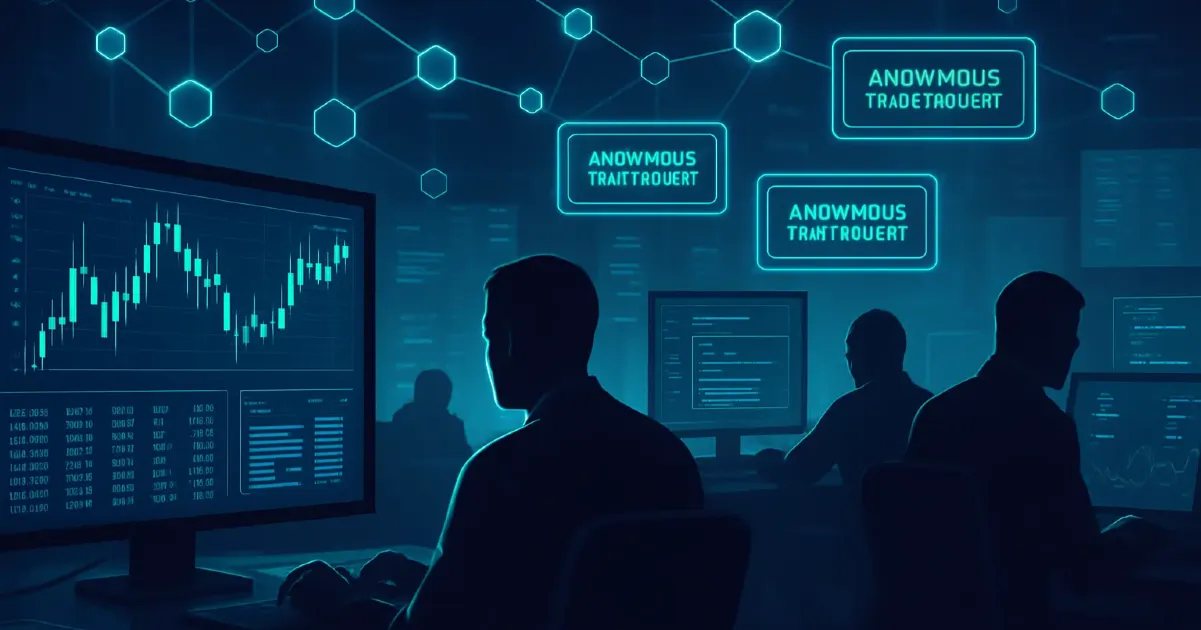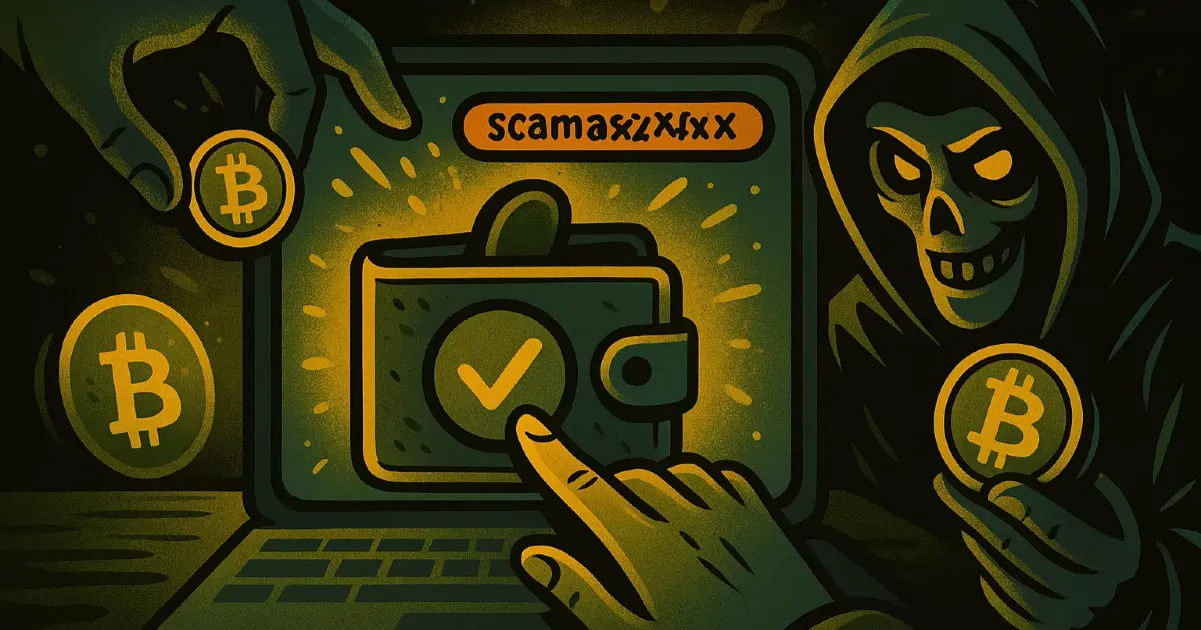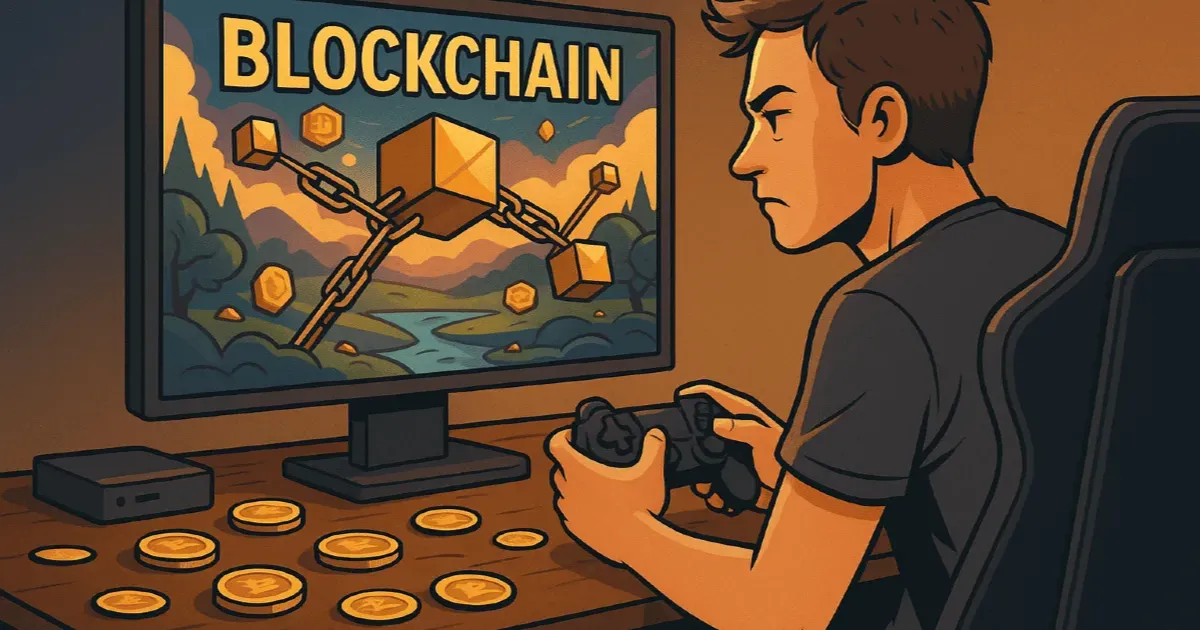Real-world assets (RWAs) need legal clarity, compliance layers, oracles, and institutional tools to enable scalable tokenization for mainstream adoption.
Imagine investing in real estate, corporate bonds, or fine art not through a bank or a broker, but directly via blockchain. That promise is more than hype. It’s the concept behind real-world assets (RWAs) on-chain. But as 2025 unfolds, it’s clear the technology isn’t yet the full solution. For RWA tokenization to thrive, the industry needs stronger foundations, trusted legal frameworks, standardization, seamless interoperability, and practical tools for institutions.
This isn’t a futuristic pitch. It’s about building stable bridges between tradition and innovation so RWAs can truly take flight.
What’s Broken with Today’s RWA Tokenization
The idea of putting physical or off-chain assets on a blockchain isn’t new. But while toy examples and small pilots abound, scalable adoption is rare. That’s not for lack of interest; it’s structural.
Crypto firms have shown they can wrap a bond or tie an asset to a token. Still, systems for enforcing rights, logging ownership transfers, enabling redemption, or integrating with legacy systems are inconsistent. Often, record-keeping happens off-chain. Contracts rely on legal paper, not programmable clauses. Without reliable waypoints, RWA programs are fragile.
Building Blocks: What the Industry Really Needs
If RWAs are going to mature, certain infrastructure elements must be in place. Think of these as bricks in a foundation:
- Legal Standardization— Templates and smart contracts that transparently represent rights, like who owns what, under what conditions, and how it can be transferred, need legal backing. Think securities laws, custodian rules, and KYC/AML compliance.
- Oracles with Integrity— Real-world data (when is a bond due, what’s the property appraisal, is a coupon paid?) must feed accurately into smart contracts. But oracles aren’t always reliable or trusted.
- Interoperability—One token on Ethereum that represents a security shouldn’t be isolated from protocols or chains; investors and platforms expect swift movement. That needs standardized protocols and compatibility layers.
- Compliance Frameworks—Tax regimes, cross-border rules, custodian obligations static regulatory guides aren't enough. We need smart contracts that bake in compliance rules and can adapt to regulatory changes.
- Institutional Tooling—Legacy systems used by fund managers, asset managers, and banks weren’t built for tokens. We need APIs, custody bridges, wallets with firm-grade controls, and reconciliation tools.
Without these, RWA tokenization remains a boutique project, not a financial revolution.
Why These Foundations Matter Now
Pilot programs are running, but real capital rarely follows. That’s because large firms need clarity. They can’t invest billions in tokenized real estate if they fear legal ambiguity or system fragility. To onboard truly large pools of capital, RWA platforms need to deliver legal certainty, audit trails, and interoperability.
Simply tokenizing assets isn't enough. We need to know the token bearer's rights enforceable in a courtroom. We need transfers to be logged or reversed if incorrect. We need ownership tracked across jurisdictions. We need interoperable infrastructure because investors and assets move. And legacy systems must talk to blockchain.
Where the Industry Is Putting Down Roots
Some positives are already emerging. Names like Securitize and Trinity Trust are building compliant token standards tailored for RWA. Protocols like Ondo Finance or Centrifuge create compliance and legal bindings baked into tokens. Oracles like Chainlink and Provable anchor data to real-world validations, though trust anchors still need real-world verifications.
A growing movement is introducing “compliance layers,” additional contracts wrapped around tokens that condition transfers on checks and filters, such as whitelisting addresses or blocking transactions in sanctioned regions. This layered design allows core tokens to remain clean while ensuring real-world rules apply.
Work is underway on chain-agnostic standards. Asset registries, legal provenance, and identity layers are being shared across ecosystems. But these efforts remain scattered; partnerships exist, yet unified standards are elusive.
A Case for Better Capital Market Infrastructure
Tokenization means little if assets remain illiquid. Real markets run on auctions, pricing systems, reconciliation, reporting, and clearing. That means DvP (Delivery versus Payment), trade confirmation, standardized financial messaging, custody hierarchies, and regulatory reporting.
Some startups are bridging these gaps by layering token automation on top of conventional systems. Others are partnering directly with banks or custodians to anchor tokens with real legal ownership. Yet, full-stack acceptance from token issuance to audit reporting remains a dream, not a reality.
The Road to Broader Adoption
For RWAs to gain scale, several changes must align:
- Regulators need to endorse tokens as legal instruments. That requires new frameworks or updates to securities law.
- Standards bodies must make common code libraries and open protocols the norm, not proprietary sandboxes.
- Infrastructure players, custodians, broker-dealers, and transfer agents should all integrate token compatibility.
- Oracles must evolve to support verifiable, auditable data rooted in real attestations.
- Investors must demand audit-ready systems, granular tracking, tamper-proof logs, and flexible redemption.
When these align, tokenized assets can be traded efficiently, held securely, and administered trustfully.
Final Thoughts: Making RWAs Reality
The vision remains powerful: enabling anyone, anywhere, to own parts of property, bonds, or rare assets with real ownership and market efficiency. But that dream needs systems: a tech ecosystem backed by legal clarity, compliance tooling, and chain-agnostic infrastructure.
Without these building blocks, RWA tokenization will stay in pilot mode. With them, financial markets could transform. It’s up to the industry protocol developers, asset managers, regulators, and custodians to build more than smart contracts. We need trust, transparency, and seamless execution.
Because until RWAs are treated as real assets, tokenizable and tradable, with all legal and compliance scaffolding intact, they’ll never go mainstream.
About the Author
Dan






